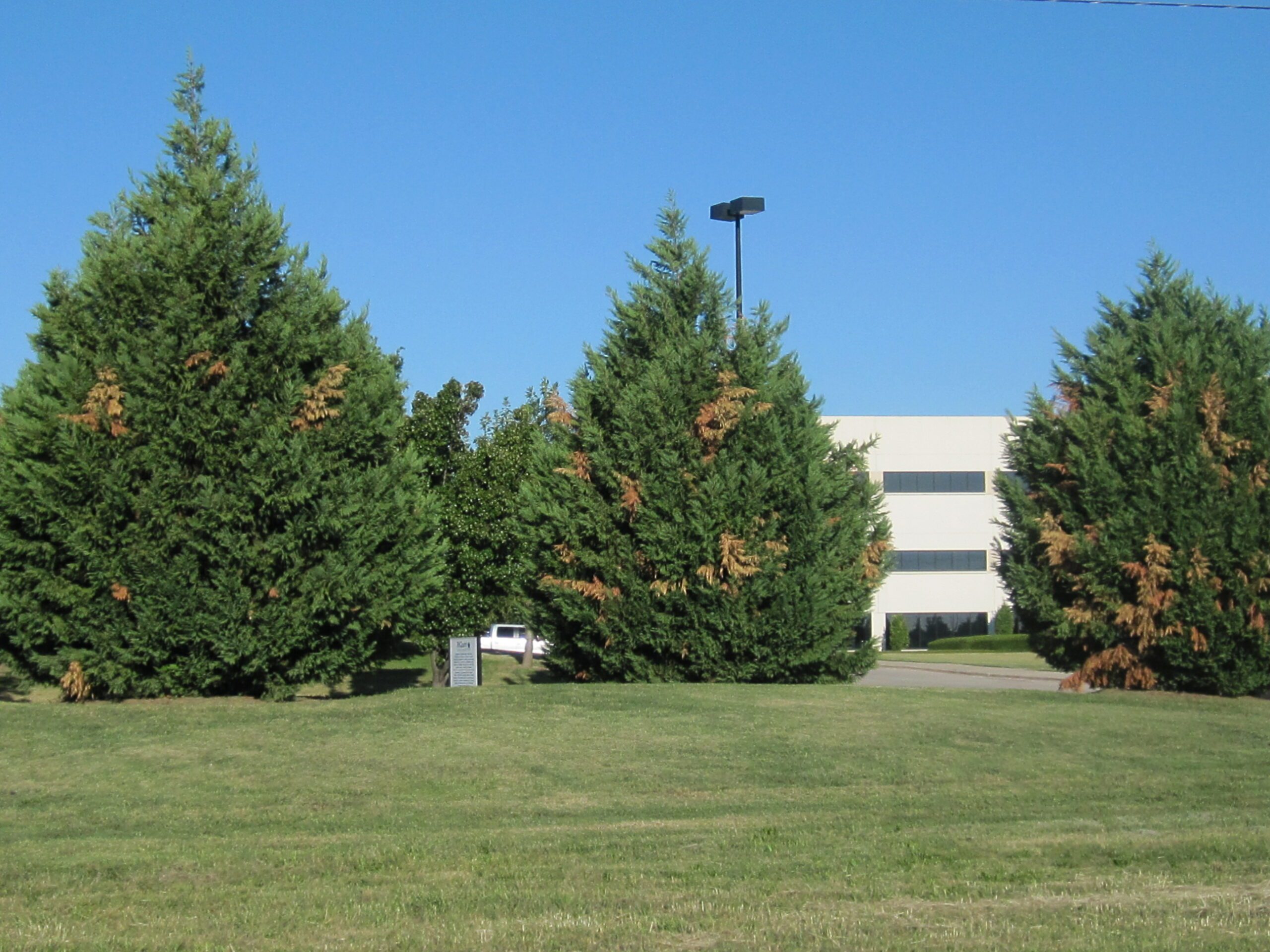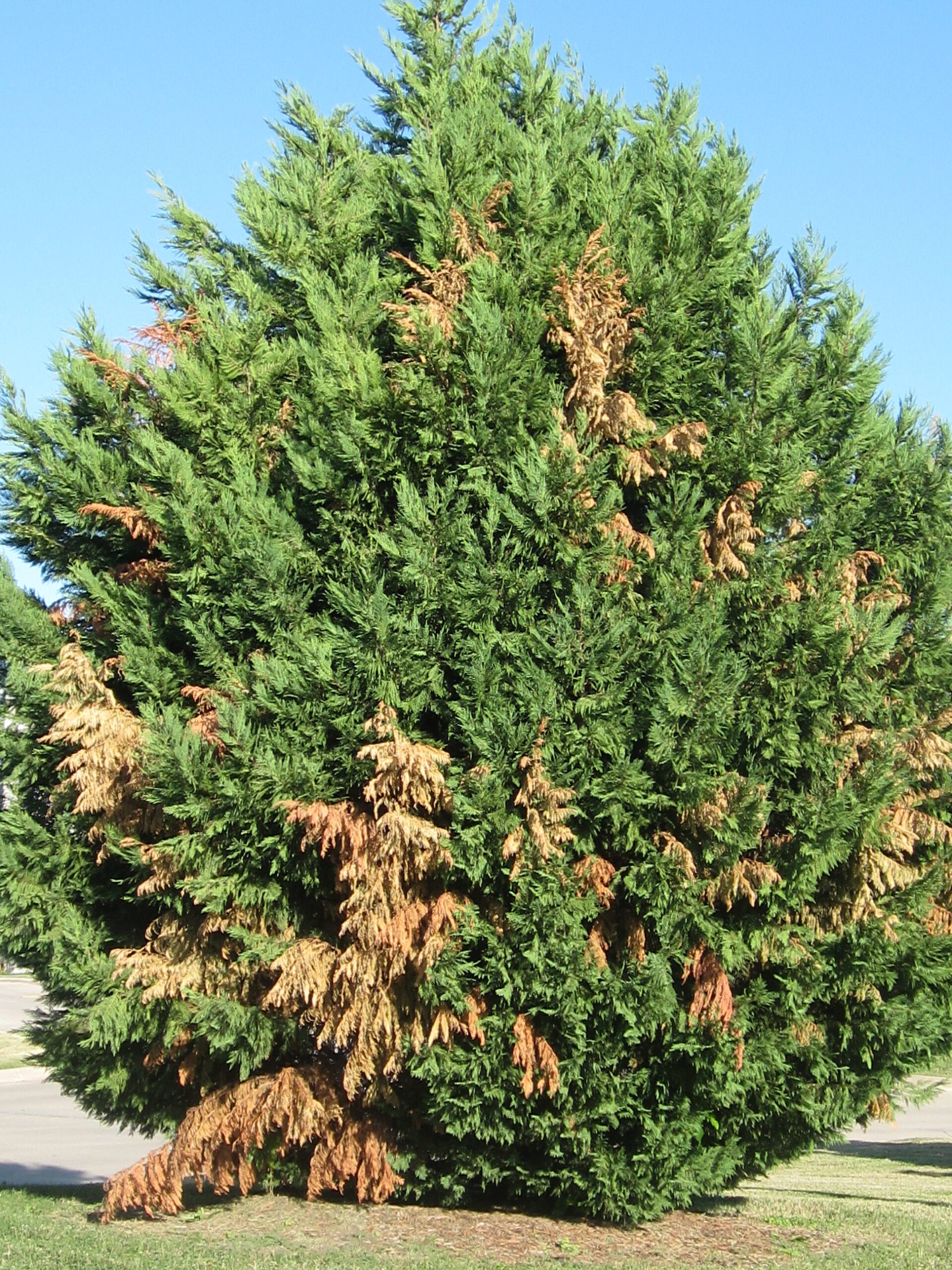Trees are constantly under a variety of environmental stresses. The stress factors imposed on them range from chemicals like nutrient deficiencies to mechanical ones, from storm damage to construction damage, and cultural factors like misuse of pesticides/fertilizers, poor pruning practices, over watering, and poor planting practices.
Under normal conditions, trees are equipped fairly well to handle these stresses and, in most cases, recover. However, during prolonged drought conditions, a tree’s resources are often exhausted trying to withstand the burden of desiccation.
Beware Of These Pests During Summer
While pests and disease are a constant natural cycle, the susceptibility to attack during drought is much higher. As we move into the heat of another Texas summer, an increase in pest and disease problems may be expected. One disease, in particular, seiridium canker disease, should be expected to become more and more pronounced through the hot dry summer that has definitely already begun.
Seiridium Unicorne: Commonly Affects Cypress Trees
Seiridium canker disease is caused by Seiridium unicorne, and in the DFW metroplex most
commonly affects Leyland and Italian cypress trees. Plants of all sizes and ages are affected.
Cankers may form on stems, branches, and in-branch axils, causing twig, branch, or, at least on smaller plants, stem dieback. Cankers appear as sunken, dark brown, or purplish patches on the bark, often accompanied by extensive resin flow. However, resin flow often occurs from the branches and stems of otherwise healthy plants of Leyland cypress; thus, resin flow is not a diagnostic characteristic for Seiridium canker.
Signs Your Tree Is Affected By This Fungus
Scattered twigs or branches killed by the fungus turn bright reddish-brown and are in striking contrast to the dark green, healthy foliage (as seen in the images below). Fruiting bodies of the fungus appear on the bark surface of the cankers as small circular black dots barely visible to the naked eye. Spores of the fungus are spread to other parts of an infected tree or from tree to tree by water splash from rain or irrigation. The fungus also can be spread from tree to tree with pruning tools. Long-distance spread appears to be through the transport of infected cuttings or plants.


The picture above displays a wide-angle view of three Leyland cypress trees infected with seiridium canker disease. The individual “flagging” of infected branches can be spotted from some distance. The second image is of one of the infected cypress trees up close. Infected branches should be pruned out and removed from the site to reduce the additional spread of spores.
Get The Best Tree Maintenance Services!
While pest and disease problems cannot be avoided entirely, maintaining good general plant health is a significant first step to avoiding heightened susceptibility to infection. Avoid overwatering Leyland and Italian cypress trees, as this will increase the risk of disease. Call TreeTech TX, and one of our expert arborists can examine your trees and provide you with management recommendations. We have the technical knowledge your trees need!
Recent Comments